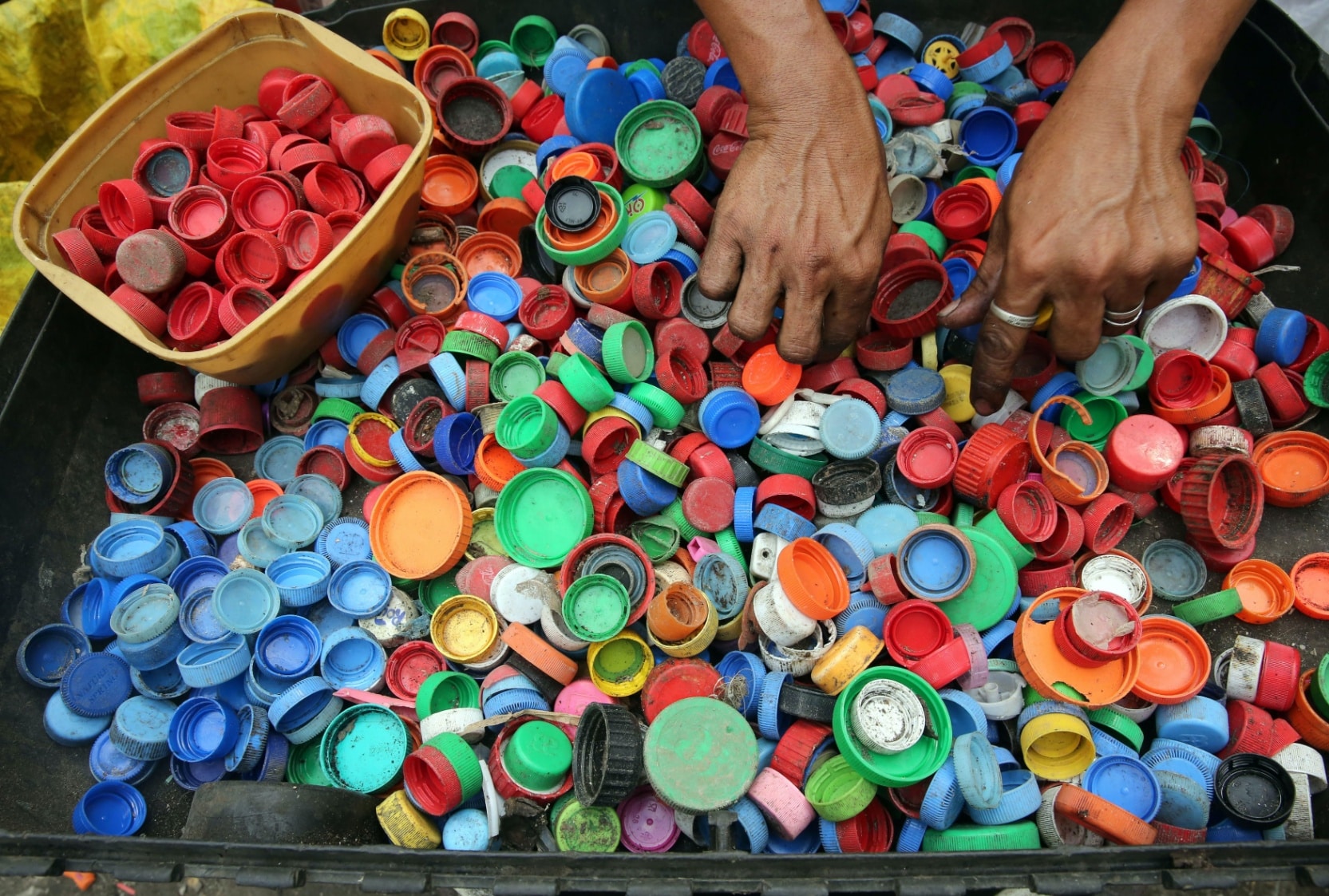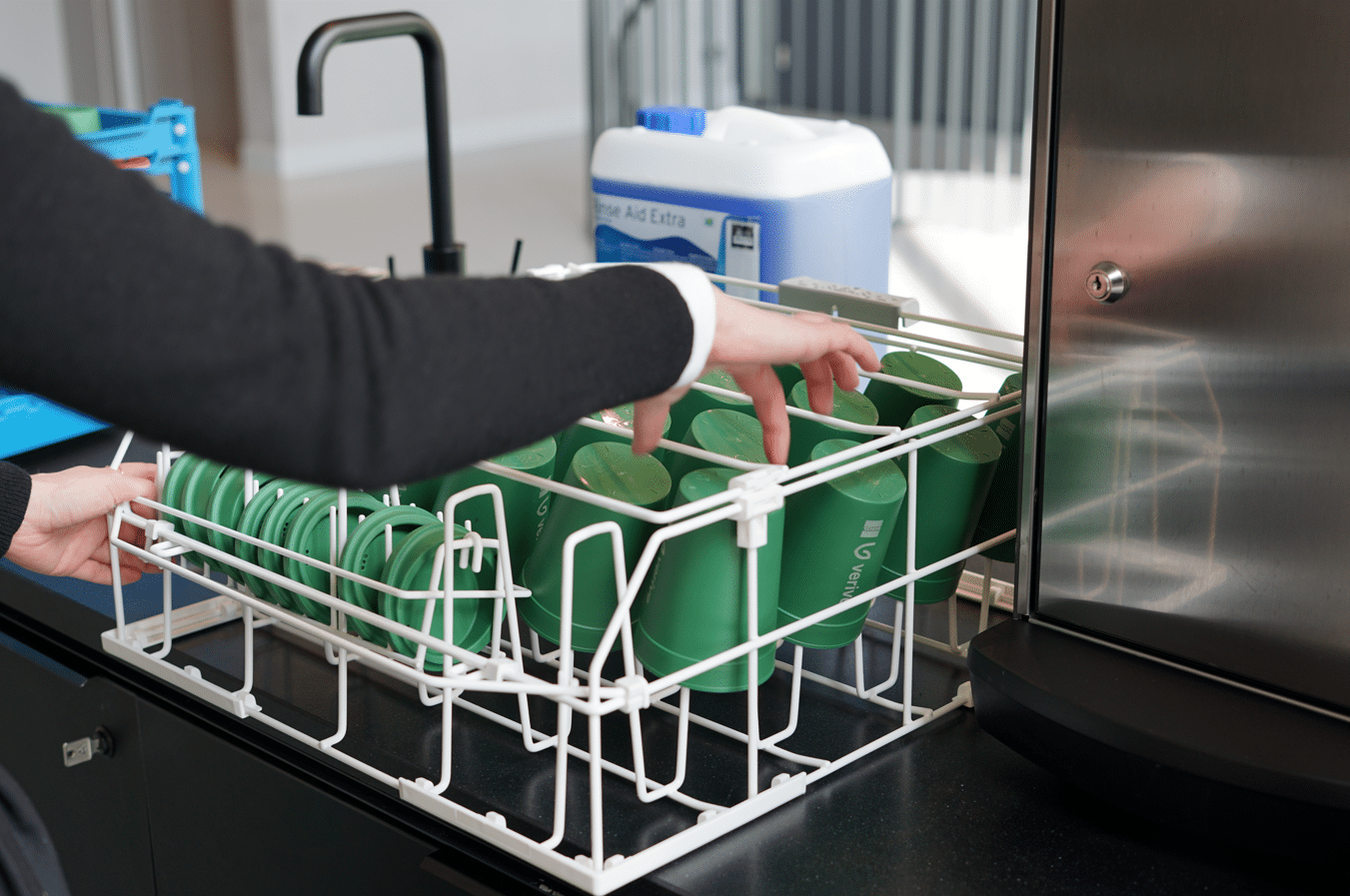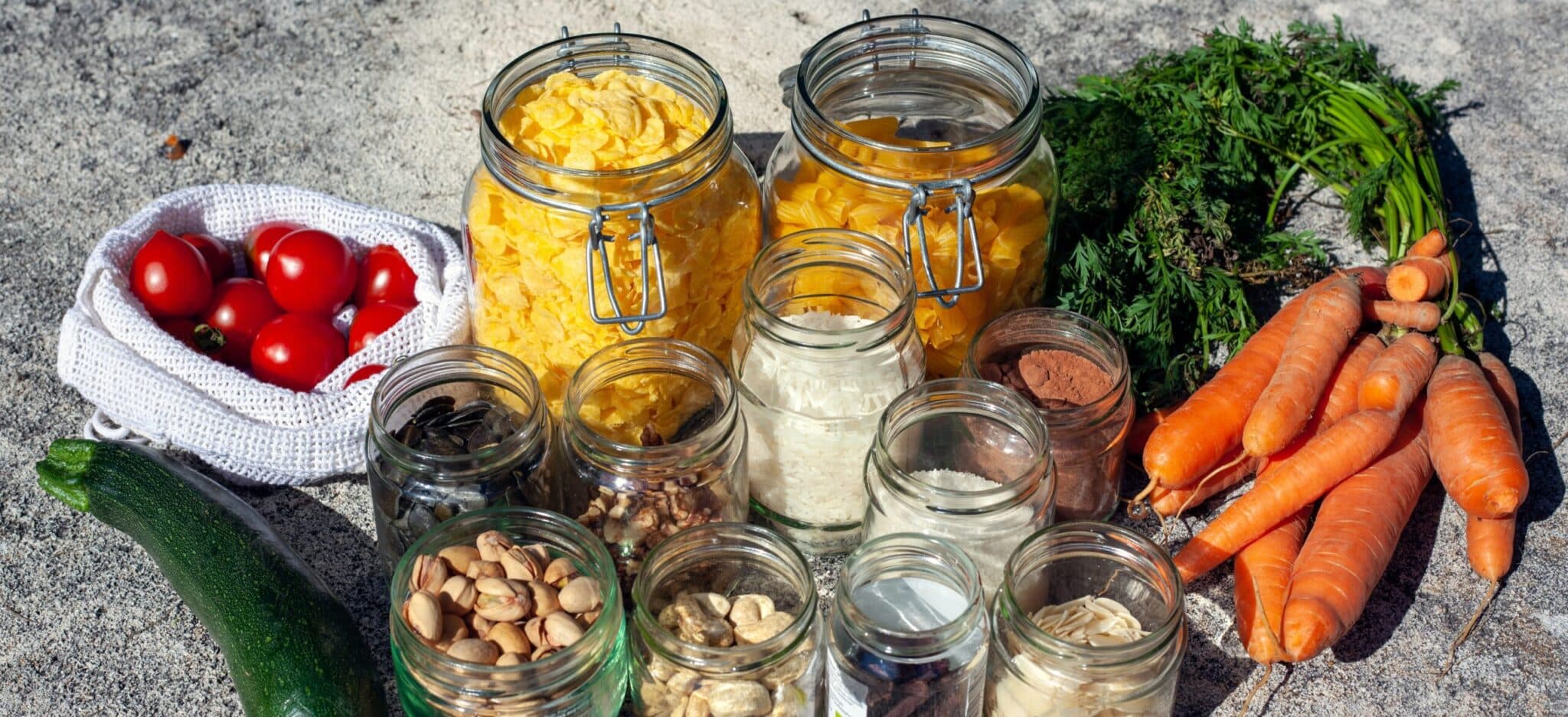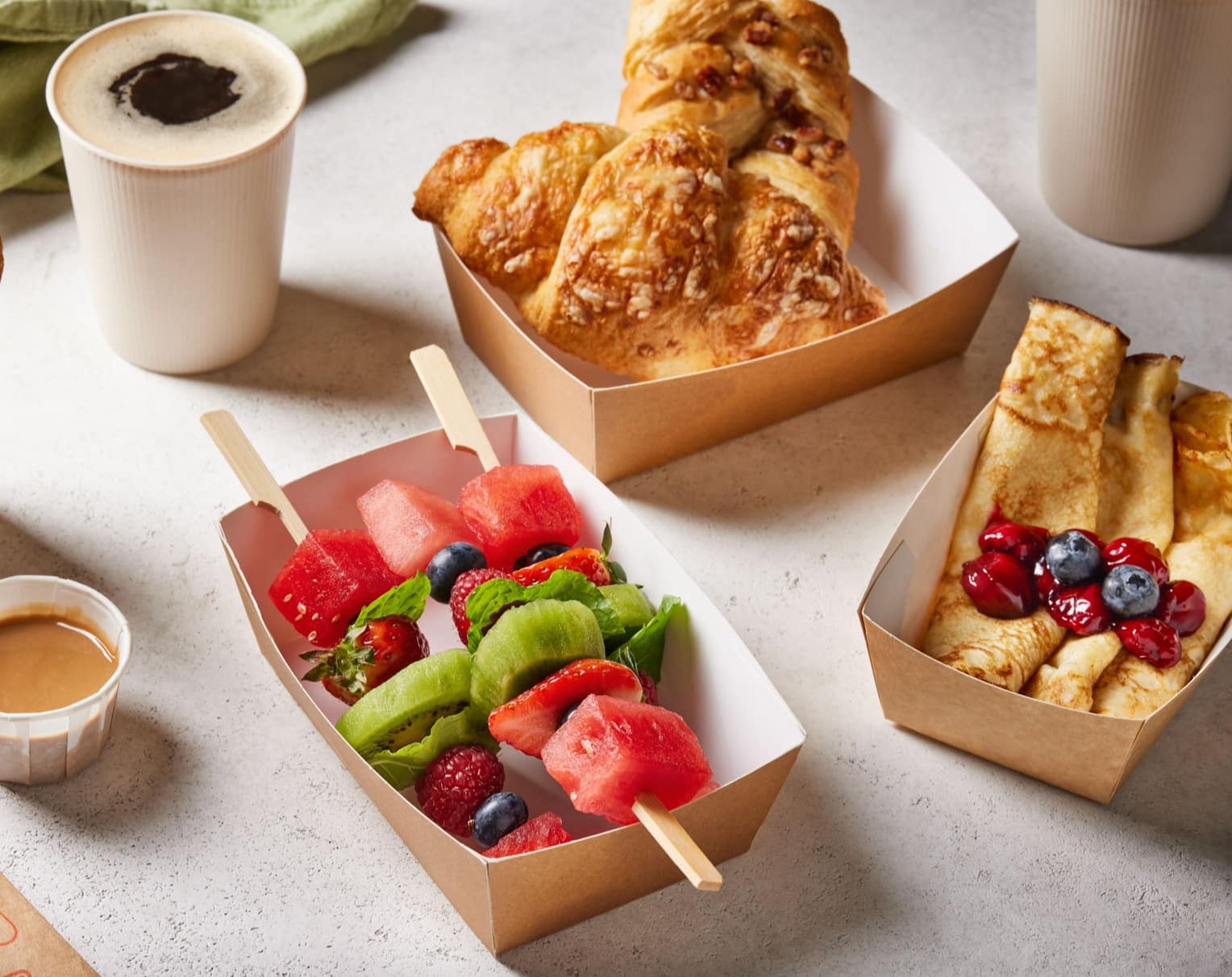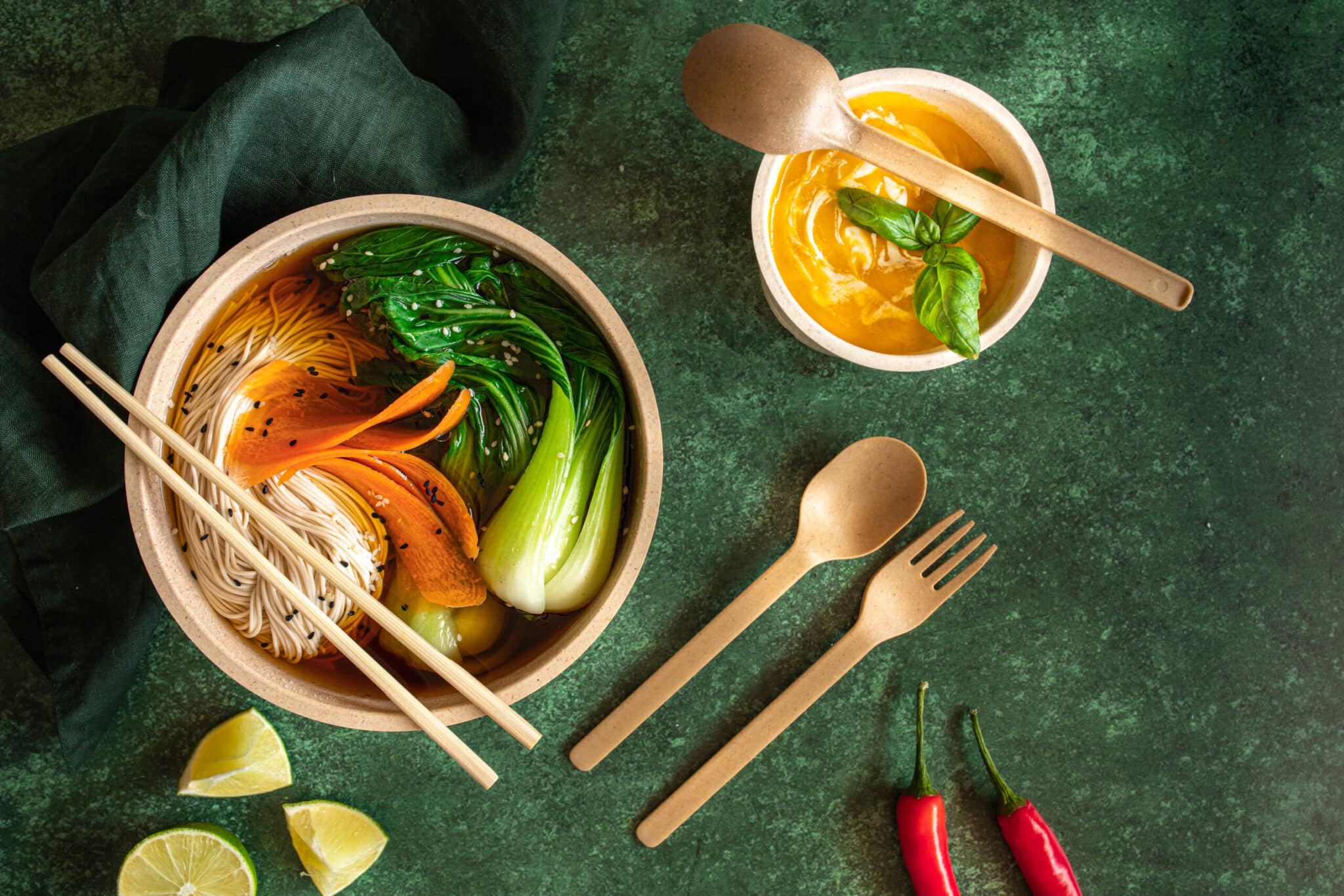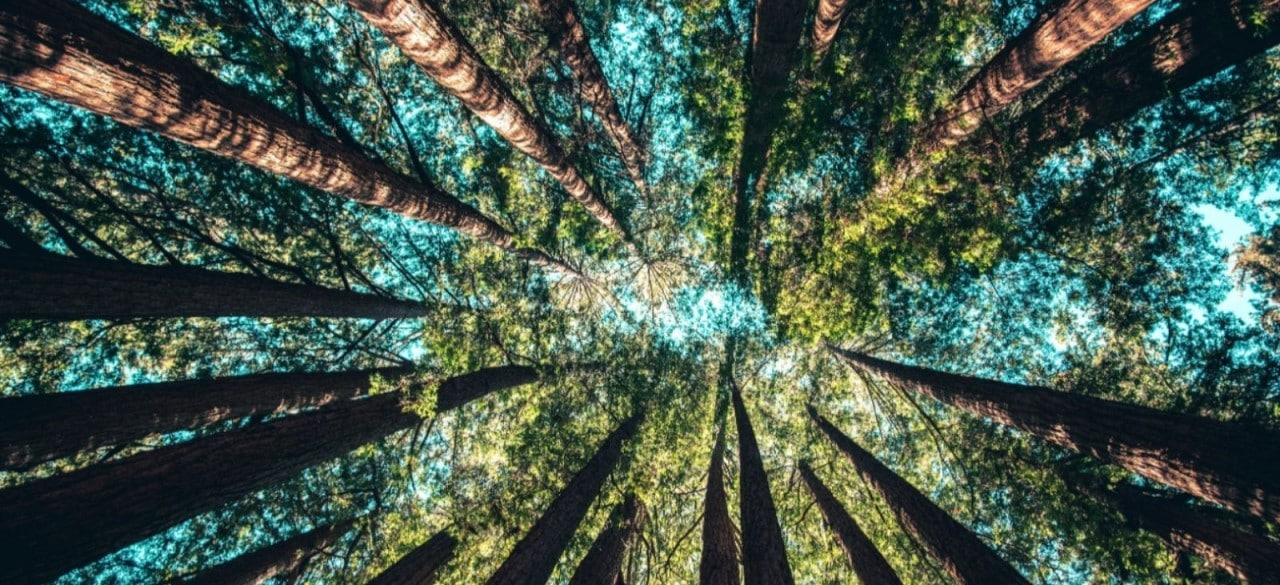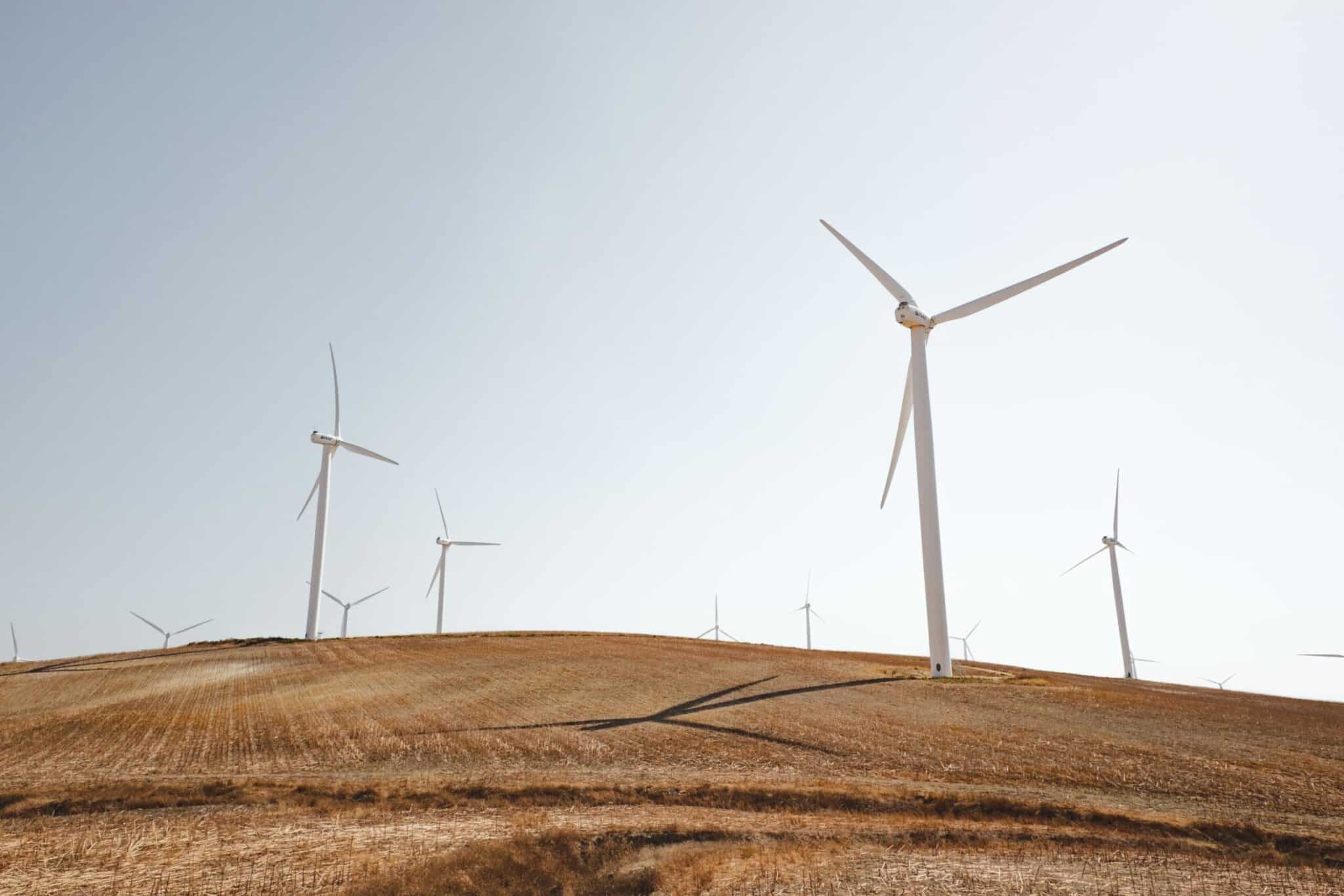About this article
Plastic has got a bad reputation. But it also has many practical properties. Sometimes, these properties can even help us be more sustainable, providing we are careful with the material’s disposal and reuse. Discover how this works.
Reducing the unnecessary use of plastic is a major part of our purpose as a sustainability brand. We seek out alternatives to plastic when they make environmental sense.
However, at Verive, we strive to offer transparent advice on the suitability and sustainability of all food packaging and tableware materials, including plastic. That’s why we’ve always said that sometimes, plastic is the safest, most sustainable option available to food service businesses.
Plastic is surprisingly efficient to produce and use, often requiring substantially less material and energy than its alternatives. This lightness and efficiency can cause fewer carbon emissions over the entire lifecycle, including transport. Technically all plastics can be recycled, but facilities do not always exist and design makes a big difference when it comes to how recyclable packaging or plastic disposables prove to be.
So plastic still has an important role to play in packaging and, in some cases, proves the best option. At Verive, we are careful to ensure we don’t choose less sustainable alternatives simply because they are “not plastic”.
Why was plastic created?
In the late 19th century, inventors across Europe were attempting to tackle the environmental and economic problems of increasing demands for and scarcity of materials like ivory and turtle shell, leading Alexander Parkes to patent Parkesine, the first manufactured plastic.
The early 20th Century oversaw a revolution with the advent of fully synthetic plastics, pioneered by Leo Baekeland in 1907, opening up a new world of technological opportunities. Our environmental problems began after the second world war, when plastic began to replace paper, glass, metal, and cloth in throwaway items like packaging without recycling.
What are plastics?
Plastics are a range of synthetic or semi-synthetic materials, typically derived from oil or natural gas. The oil or gas is processed in several steps in which monomers are chemically bonded to create long molecule chains called polymers.
Once created, the resultant polymer material is malleable under heat, allowing it to be moulded into any shape. Polymers come in two categories: synthetic (plastics) and natural (materials such as silk-wool, amber, rubber, starch, keratin and cellulose). So there are more polymers than just plastics. Additionally, plastics derived from gas or oil, plastics can also be made from other raw materials, such as starch or sugar.
What are the different types of plastics?
There are seven main plastics used in the products we encounter every day. We can identify them by the triangle icon found on most plastic packaging. However, owing to the various structures and lengths of polymer chains, there are, in fact, hundreds of plastic variations.
That means that different plastics have varying properties. For example, because it is naturally transparent and provides an effective gas barrier, PETE is widely used for fizzy drink bottles.
The seven main types of plastics are:

These numbers are often confused with the symbol for recycling, but actually they simply label the type of plastic material used.
These numbers exist for the recycling logistics chain rather than to inform consumers.
Why use plastic?
As long as we have robust and effective ways to collect and recycle our plastic after we use it, plastic can play a useful role in our lives.
In particular, plastic is:
Resource efficient
Plastic can require less energy and less material in its production than its alternatives. This makes plastic a good option because it can cause less pollution, such as greenhouse gas emissions. Without plastic, some estimate we’d use 3.6 times as much packaging and produce 2.7 times more greenhouse gas emissions.
Safe
Plastic is shatter resistant, meaning containers do not break when they are dropped or knocked over. This property makes plastic products particularly useful for certain environments, such as by the pool, around children, and on-the-go.
Hygienic
Plastics are very effective at protecting products from contamination.
Durable yet lightweight
Plastic is durable while being very thin and lightweight. It uses fewer resources and takes up less space during transport, meaning less fuel is needed.
Versatile
Plastics can be transformed in many different ways. They can be blown, injected, or thermomoulded. They can be used to package pastes, sauces, and products of almost any shape or size.
Recyclable
Plastic packaging can be recycled many times to create new products.
Why do we depend on single-use plastics?
Single-use plastic items are sometimes the best option and have significant benefits, including:
-
Protects fresh food, ensuring it remains fresh for longer.
-
In turn, reduces food waste (read more about why food waste is harmful to the environment).
-
Additionally, it enables us to eat a wide variety of fresh foods all year round.
-
It is hygienic, keeping products insulated against air-borne germs.
-
The plastic packaging market is matured in end-of-life solutions and, therefore, highly regulated for consumer protection so these products are less likely to cause health problems
Plastics’ role in protecting and preserving food is critical. Simply removing packaging is not always the best way to go about things. Over many years, plastic has been optimally designed to use the least energy and material resources to preserve food the longest.
However, one thing the market cannot regulate is products’ end-of-life once it is taken home and becomes the consumers’ responsibility.
For our modern world to reap the benefits of these versatile materials without environmental abuses, then governments and influential food service businesses need to start making it easier for people to dispose of and recycle plastic responsibly.
Plastic packaging can help reduce food waste by prolonging goods’ shelf-lives.
As long as ‘single-use’ products can be kept out of the environment, and ideally recycled, they may sometimes represent the most sustainable option available to satisfy our modern conveniences.
The removal of single-use packaging can cause issues
Alternatives to single-use packaging should always be explored, packaging can be reused wherever possible and hygienic, and some products can also be sold without packaging. However, issues can arise when you completely remove single-use packaging.
Reusable systems are highly complex operations to set up (think collection, washing and re-distribution), and it’s not always clear if they represent a lower environmental footprint in every case.
Selling products without packaging comes with costs of its own, such as increased food waste. Issues of hygiene and safety also arise when you move away from single-use packaging.

Which material is most appropriate for your commercial setting?
There are several factors at play in sustainability, so we have developed our decision tree to help you determine the most appropriate material for your commercial setting. Both plastic and alternative materials have a role to play, and a lot depends on your specific situation and end-of-life disposal option in your locality.
Try out our decision tree and the let the Verive Wizard help determine the most sustainable packaging for your business.
Want to know more about plastics? Check out part II of our plastics factsheet here.
